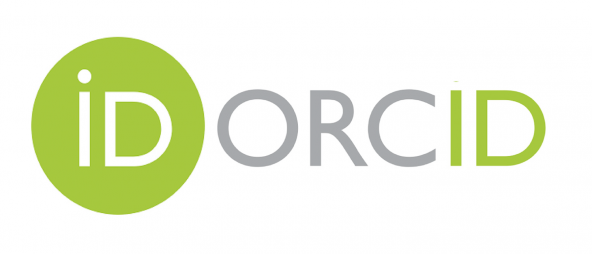Self-Management Applications For Improving The Productivity Of Adolescence At Risk Of HIV/AIDS
Abstract
HIV/AIDS is a global health problem due to difficulty in spread detection. HIV spread is not visible directly, the symptoms will arise in 10-15 years. Adolescence is the period that is predicted as the highest exposure time in HIV. Self-management based on the mobile-phone app could be used to optimize the adolescents’ protection ability in HIV/AIDS. This activity aims to improve adolescent soft skills on using cheap and effective mobile-phone apps to optimize adolescent productivity. Implementation methods are using online learning through video conference, focusing on the use of Self management applications: Smarter time on their activities and overview of HIV/AIDS. The results that they can understand the use of smarter time in time management and daily activity targets. Smarter time can be used as a reminder system. One of the recommended features is the focus mode that allows adolescents to manage the used apps in their mobile phones while being focused on activities without interruption of any other application activities especially social media. Increasing adolescent productivity also can increase positive behavior in leisure time and reduce the risk factors of HIV/AIDS.
Keywords
Full Text:
PDFReferences
Aviyah, E., & Farid, M. (2014). Religiusitas, kontrol diri dan kenakalan remaja. Persona: Jurnal Psikologi Indonesia, 3(02).
Darmawati, I., & Lindayani, L. (2020). Pemanfaatan mobile phone app dalam pencegahan dan penanggulangan HIV pada Remaja: A Community-Based HIV Prevention program. International Journal of Community Service Learning, 4(3).
Darmawati, I., & Yuniar, D. (2018). Emotional Quotient Remaja Kota Bandung. Jurnal Pendidikan Keperawatan Indonesia, 4(1), 52–59.
Kemenkes, R. I. (2018). Laporan Nasional Riskesdas 2018. Jakarta: Kemenkes RI, 154–166.
Morales-Quezada, L., Cosmo, C., Carvalho, S., Leite, J., Castillo-Saavedra, L., Rozisky, J. R., & Fregni, F. (2015). Cognitive effects and autonomic responses to transcranial pulsed current stimulation. Experimental Brain Research, 233(3), 701–709.
Nurany, P. N., Mulyana, N., & Taftazani, B. M. (2016). Penerapan token economy pada siswa dengan masalah kenakalan remaja. Prosiding Penelitian Dan Pengabdian Kepada Masyarakat, 3(2).
Purnama, H., Darmawati, I., & Lindayani, L. (2018). The Effectiveness of Skills for Adolescents with Healthy Sexuality (SAHS) Program on Reducing the Risk of HIV Transmission among Adolescents. Indonesian Nursing Journal Of Education And Clinic (INJEC), 3(1), 1–8.
Ugarte, W. J., Högberg, U., Valladares, E., & Essén, B. (2013). Assessing knowledge, attitudes, and behaviors related to HIV and AIDS in Nicaragua: A community-level perspective. Sexual & Reproductive Healthcare, 4(1), 37–44.
UNAIDS, G. A. (2016). Global AIDS update 2016. Geneva, Switzerland: World Health Organization Library.
DOI: https://doi.org/10.17509/ijcd.v1i2.39933
Refbacks
- There are currently no refbacks.
Copyright (c) 2021 Indonesian Journal of Community Development

This work is licensed under a Creative Commons Attribution-NonCommercial-ShareAlike 4.0 International License.
E-ISSN: 2776-7078 P-ISSN: 2776-9712

This work is licensed under a Creative Commons Attribution 4.0 International License.
Jl. Dr. Setiabudi No.229, Isola, Kec. Sukasari, Kota Bandung, Jawa Barat 40154









